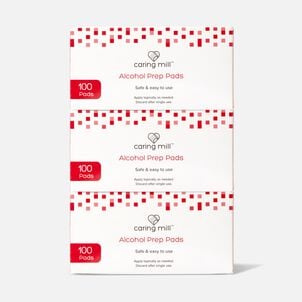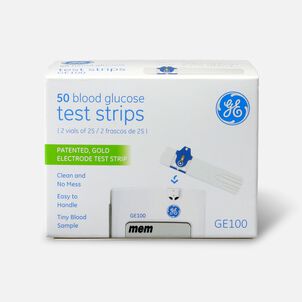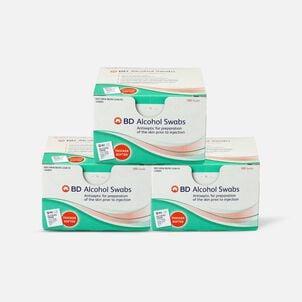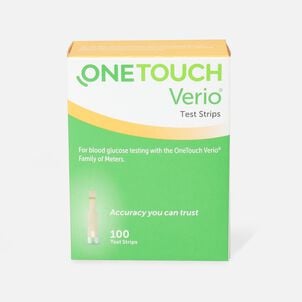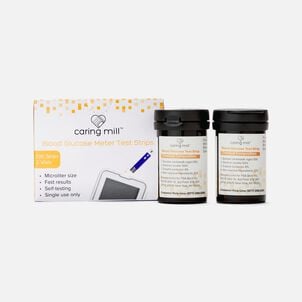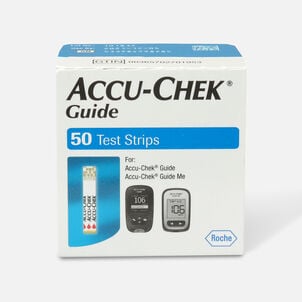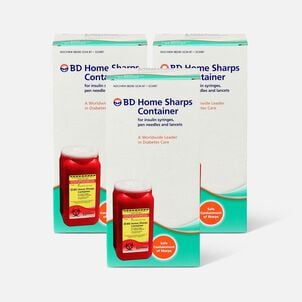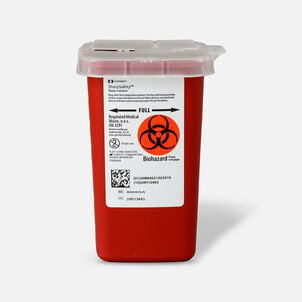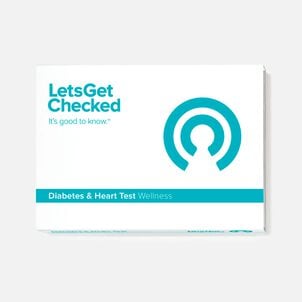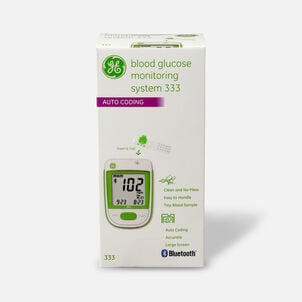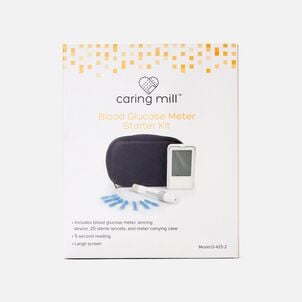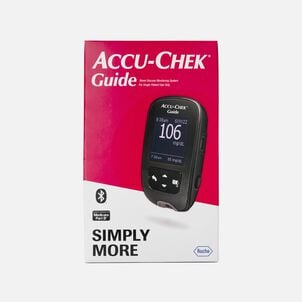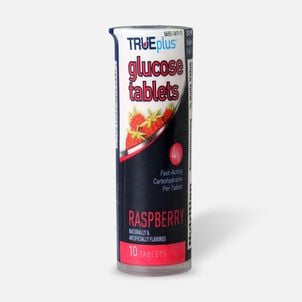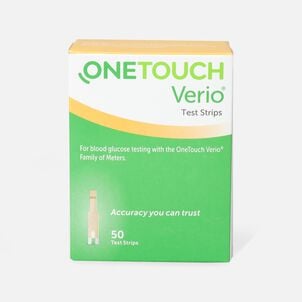The Complete HSA Eligibility List
Here it is — the most-comprehensive eligibility list available on the web. From A to Z, items and services deemed eligible for tax-free spending with your Flexible Spending Account (FSA), Health Savings Account (HSA), Health Reimbursement Arrangement (HRA) and more will be here, complete with details and requirements. Important Reminder: HSAs, FSAs, HRAs and other account types listed may not all be the same. Be sure to check with your administrator to confirm if something is eligible before making a purchase.
Here it is — the most-comprehensive eligibility list available on the web. From A to Z, items and services deemed eligible for tax-free spending with your Flexible Spending Account (FSA), Health Savings Account (HSA), Health Reimbursement Arrangement (HRA) and more will be here, complete with details and requirements. Important Reminder: FSAs, HRAs and other account types listed may not all be the same. Be sure to check with your administrator to confirm if something is eligible before making a purchase.
Glucose Monitor: HSA Eligibility
Glucose Monitor: eligible with a Health Savings Account (HSA)HSA Eligible Diabetes Care
Under IRC 213(d)(1), "medical care includes amounts paid for the diagnosis, cure, mitigation, treatment, or prevention of disease, or for the purpose of affecting any structure or function of the body." This includes medical equipment, supplies and devices.
What is a glucose monitor?
Individuals who suffer from type 1 diabetes (insulin-dependent diabetes) or type 2 diabetes (non-insulin dependent diabetes) are both prime candidates for glucose monitors, also known as blood glucose meters. Testing blood glucose (sugar) levels can be a helpful tool for some individuals with diabetes, while for others, it is a necessary part of their care regimen that must be checked in the event of exercise , food, medication and stress. Irregular blood glucose levels can lead to major health issues, including hypoglycemia, hyperglycemia, or diabetic ketoacidosis.
Testing one's blood sugar is an effective means of judging how well a patient's treatment plan is progressing, trace patterns in blood sugar levels dictated by diet and exercise, monitor the effect of diabetes medications and quickly identify when blood sugar levels are too high or low. Individuals with type 1 diabetes will test their blood sugar between 4-8 times per day, while those with type 2 diabetes typically test theirs 2-3 times daily (U.S. Food and Drug Administration).
What are the types of glucose monitors?
When choosing a glucose monitor, it's important for individuals with diabetes to understand the basics of how they work and whether more advanced designs are applicable for their needs. The vast majority of glucose monitors utilize test strips where blood is applied, which is extracted from the patient's finger with a special needle called a lancet . This strip is placed into the glucose monitor where it will read the blood's glucose levels. However, in recent years, new designs that utilize lasers to measure blood glucose levels have become increasingly popular. No matter what type the account holder chooses, they should consider a device with the following features via Mayo Clinic:
- Ease of use/maintenance: Choosing a blood glucose monitor should allow the user to quickly and easily measure his/her glucose levels, and some of these devices are more simple than others. Some key factors to consider are how easy screens are to read, how quickly it will read test strips and the long-term cost of test strips.
- Long-term forecasting: Some diabetes monitors will utilize sophisticated information storage and retrieval to keep track of glucose readings over time. This will allow the user to monitor relevant trends, and some devices will allow the user to download these readings onto a computer or mobile device where they can be easily sent to a physician or other medical professional.
- Special Features: Last but not least, glucose monitor users should consider special features like audio functions, wide-screen displays, ease of use with test strips and other factors to inform their decision to choose a diabetes monitor that suits their needs.


